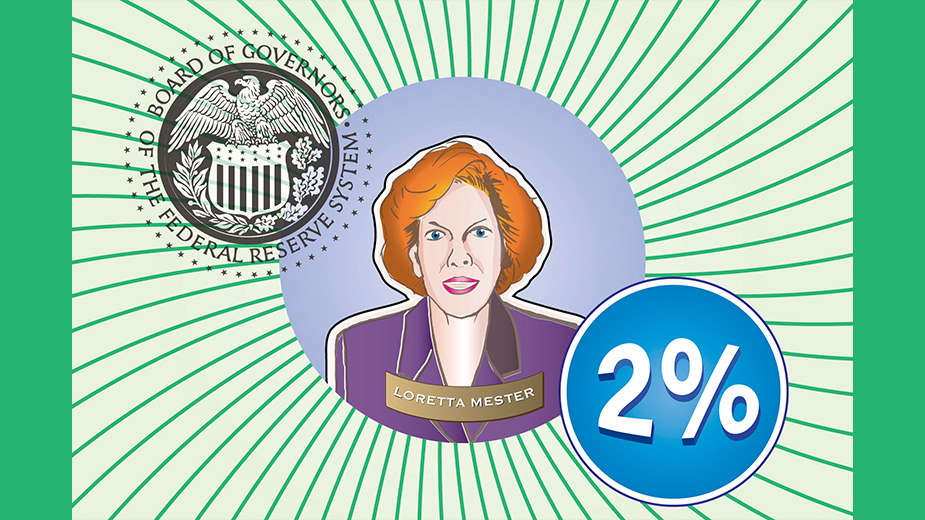Ohio Reports 31,134 New Jobless Claims Week before Christmas
YOUNGSTOWN, Ohio — Ohioans filed 31,134 new unemployment claims between Dec. 13 and Dec. 19, according to the state’s Department of Job and Family Services.
That’s 243,081 fewer than the peak earlier this year. It’s also down from the 38,327 initial claims filed the week prior. Over the last 40 weeks, there have been 2,039,355 initial jobless claims filed in the state.
The number of continued claims stayed about the same at 274,116, down just slightly from 274,658 filed the week ended Dec. 12. In addition, 274,911 Ohioans received Pandemic Unemployment Assistance, or PUA, the week ended Dec. 19.
In the 40 weeks since the pandemic began, Ohio has disbursed more than $7.6 billion in unemployment compensation to more than 875,000 Ohioans, as well as more than $7.5 billion in PUA aid to more than 784,000 Ohioans.
In Pennsylvania, the state’s Department of Labor reported 47,305 residents filed unemployment claims in the week ended Dec. 19, up 8,047 from the week before. That figure is also the highest since the week ended May 23. Since the pandemic started, 2,495,301 claims have been filed.
The state has paid $6.3 billion in unemployment compensation, as well as $6.8 billion in pandemic unemployment assistance.
Nationally, the number of Americans seeking unemployment benefits fell by 89,000 the week ended Dec. 19 to a still-elevated 803,000, evidence that the job market remains under stress nine months after the coronavirus outbreak sent the U.S. economy into recession and caused millions of layoffs.
The latest figure, released Wednesday by the Labor Department, shows that many employers are still cutting jobs as the pandemic tightens business restrictions and leads many consumers to stay home. Before the virus struck, jobless claims typically numbered around 225,000 a week before shooting up to 6.9 million in early spring when the virus — and efforts to contain it — flattened the economy. The pace of layoffs has since declined but remains historically high in the face of the resurgence of COVID-19 cases.
“The fact that more than nine months into the crisis, initial claims are still running at such a high level is, in absolute terms, bad news,” Joshua Shapiro, chief U.S. economist at the economic consulting firm Maria Fiorini Ramirez Inc., wrote in a research note. “With the pandemic again worsening, it is likely that claims will remain quite elevated for some time.’’
The latest data on unemployment claims came on the same day that the government reported that consumer spending — the principal driver of the economy — fell in November for the first time since April. The 0.4% drop, coming in the midst of the crucial holiday shopping season, added to concerns that weak consumer spending will slow the economy in coming months. Economists suggested that the viral crisis, combined with diminished income and colder weather, likely led Americans to pull back in November.
In its report on applications for unemployment aid, the government said the total number of people who are receiving traditional state benefits fell to 5.3 million for the week that ended Dec. 12 from a week earlier. That figure had peaked in early May at nearly 23 million. The steady decline since then means that some unemployed Americans are finding work and no longer receiving aid. But it also indicates that many of the unemployed have used up their state benefits, which typically expire after six months.
Millions more jobless Americans are now collecting checks under two federal programs that were created in March to ease the economic pain inflicted by the pandemic.
The number of jobless people who are collecting aid from one of the two federal extended-benefit programs — the Pandemic Unemployment Assistance program, which offers coverage to gig workers and others who don’t qualify for traditional benefits — rose by nearly 27,000 to 9.3 million in the week that ended Dec. 5.
The number of people receiving aid under the second program — the Pandemic Emergency Unemployment Compensation program, which provides federal jobless benefits to people who have exhausted their state aid — fell by nearly 8,200 to 4.8 million.
All told, 20.4 million people are now receiving some type of unemployment benefits. (Figures for the two pandemic-related programs aren’t adjusted for seasonal variations.)
The Associated Press contributed to this report.
Published by The Business Journal, Youngstown, Ohio.



